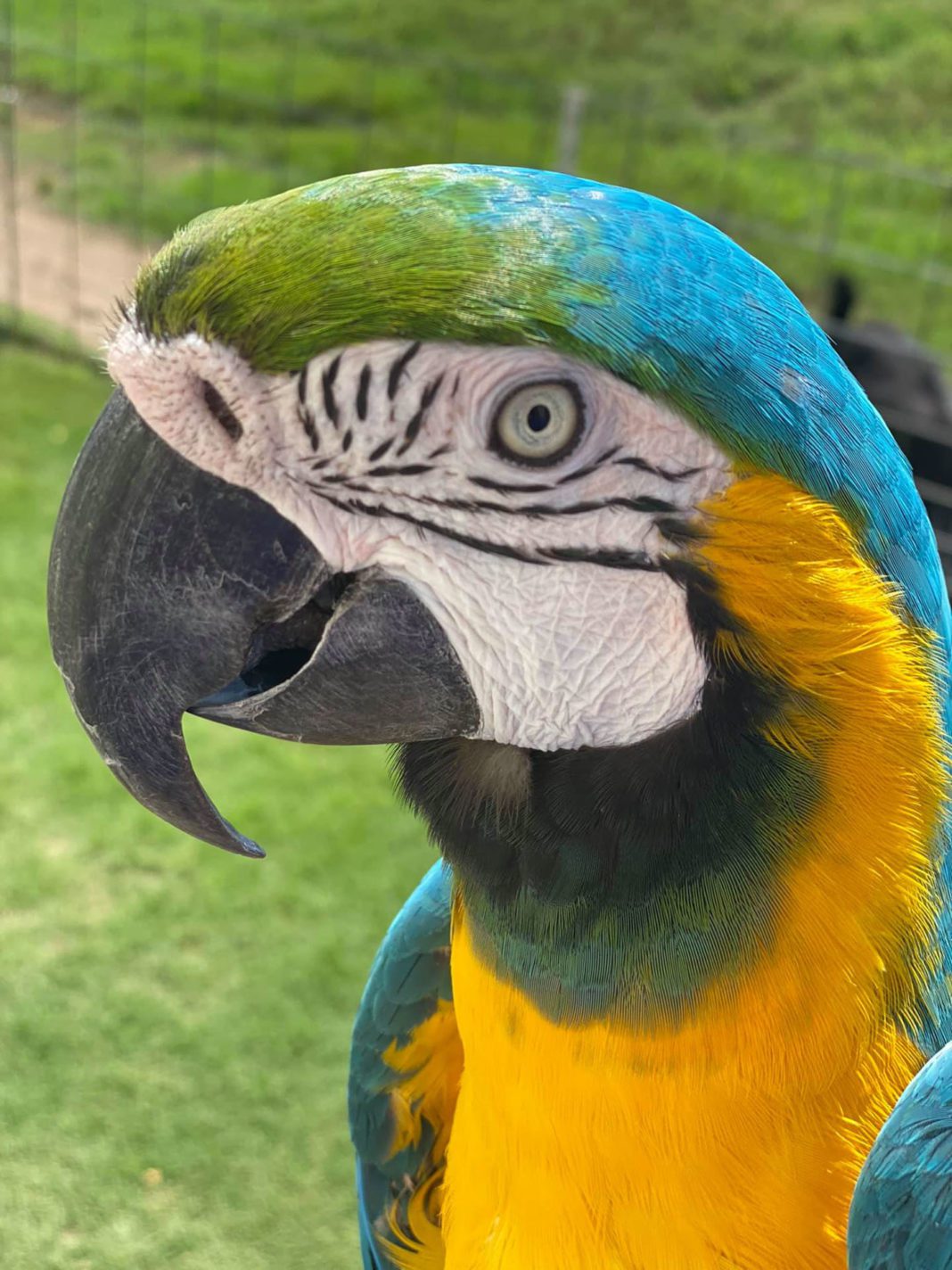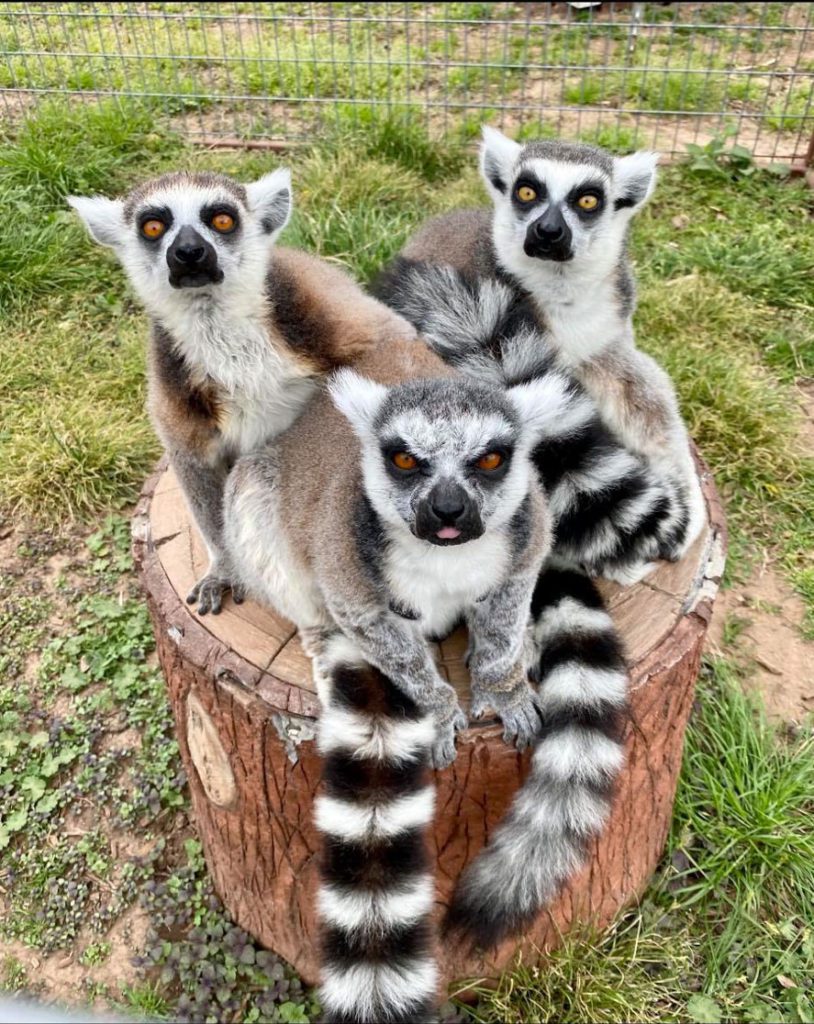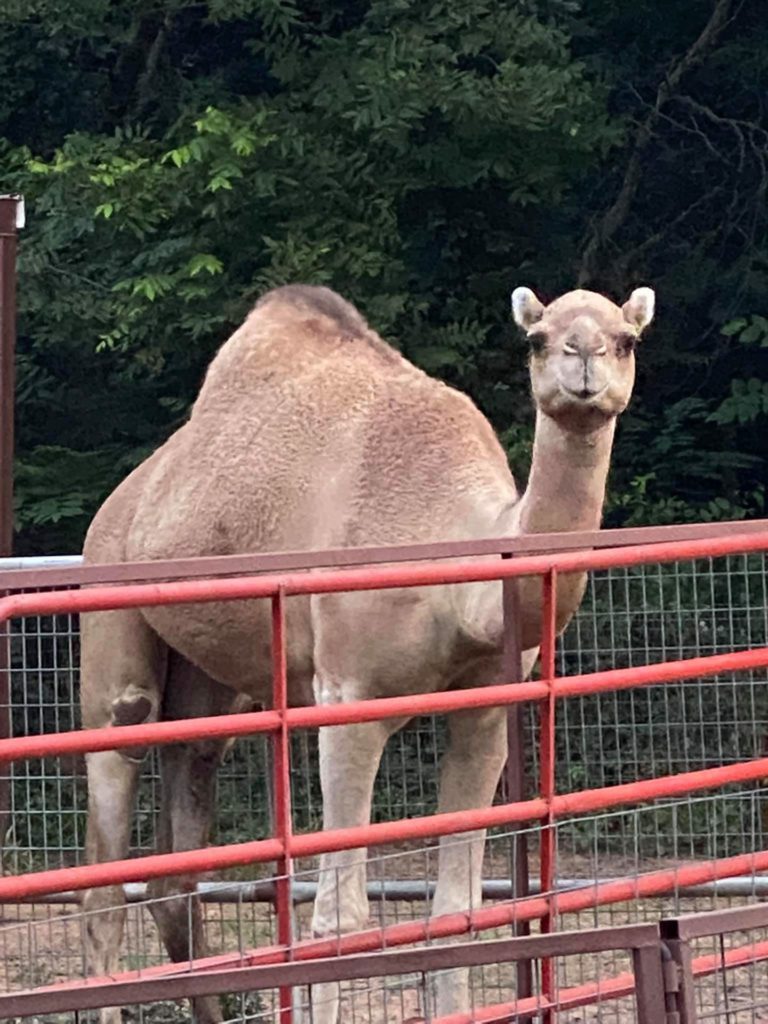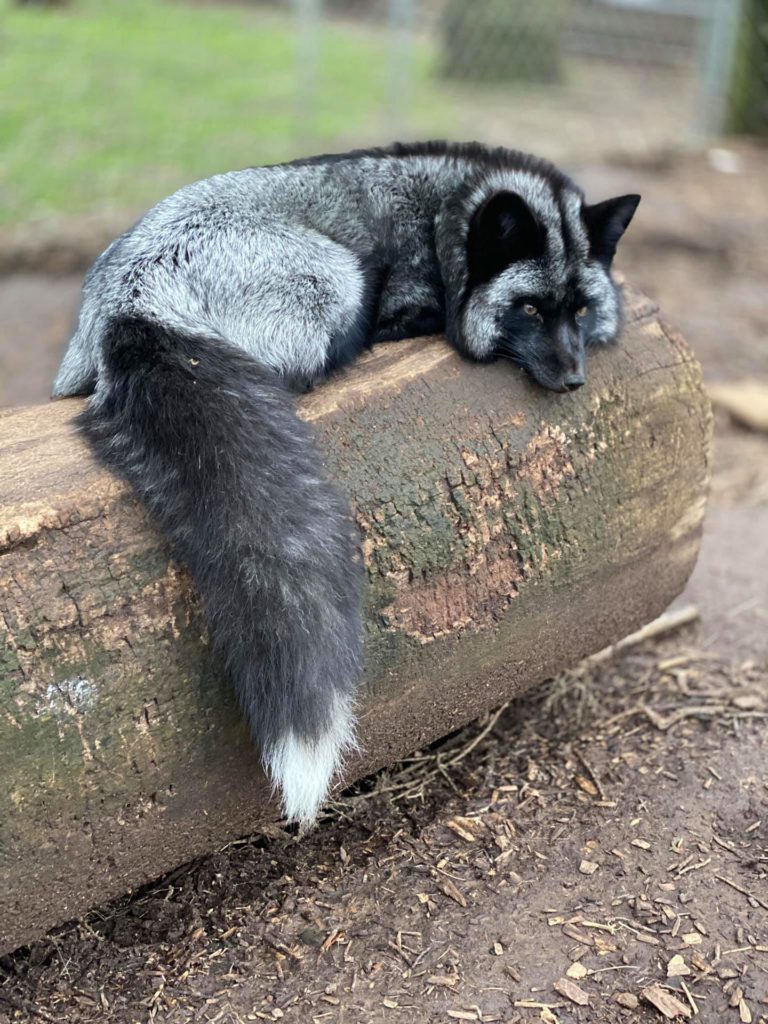As the sun sets in Oklahoma, the frogs, crickets and cicadas start up their evening chorus. Yet, just outside of Stillwater, the sunset sounds more like lemurs hollering and peacocks calling.
Carla Meadors and her husband Rusty own Lost Creek Safari, a USDA certified exotic animal park located 10 minutes south of the college town. The couple never set out to start a safari: Carla and Rusty previously worked full-time and kept lemurs, porcupines, antelope, deer and a zebra. Friends and family repeatedly encouraged them to share their passion for animals with the public. The rest is history.
Now in its eighth season, Meadors says visitors come from all over the region, despite the couple never having advertised the safari; it’s all word of mouth and Facebook. To accommodate the popularity of the park, the couple retired from their jobs to go full-time at Lost Creek, which they run with the help of a few volunteers.
“Visitors get to see animals up close and get to feed animals they would never get to feed at the zoo,” says Meadors.
A trip to Lost Creek guarantees an animal encounter. Instead of being 150 yards away, Carla and Rusty pull the animals out of the pasture and towards the public areas daily, so they can be viewed closely by visitors.
“They don’t mind,” she says. “They come running in the morning. It’s time to go to work.”
The safari takes an hour or so to walk through, but in that time, visitors can see over 30 different species of animals, including the resident Dromedary camel named Gilbert; Tater, the zebra mare; and the largest troop of black-handed spider monkeys in the state of Oklahoma: A.J., Tommy, Kandace, Josie and Abbie.
Meadors says she and Rusty only acquire and house animals they have an interest in. The safari features several uncommon species, such as a fennec fox, scimitar-horned oryx antelope and an albino Bennett’s wallaby. Many of the animals have been bottle fed by the couple from a young age.
Photos courtesy Lost Creek Safari
In the past year, Meadors says they’ve added a Nilgai antelope to the safari and welcomed several new additions including deer fawns, goat kids and twin baby black-and-white ruff lemurs.
This season, the safari debuted its parrot enclosure, where guests can get close to two macaws. Additionally, visitors can feed and pet the safari’s deer, emu, ostrich, goats, antelope, camel and water buffalo. Using a porcupine quill, guests can feed the lemurs. Owen, the Sulcata tortoise, loves pets and head scratches, says Meadors.
Lost Creek Safari is open annually from spring break to October 31. Before heading out, make sure to check the operating hours on its Facebook page or website, lostcreeksafari.com. On hot days, the Safari closes early to allow the animals to cool off.
“It’s the animal first,” says Meadors. “We want them to enjoy it like we do.”






























